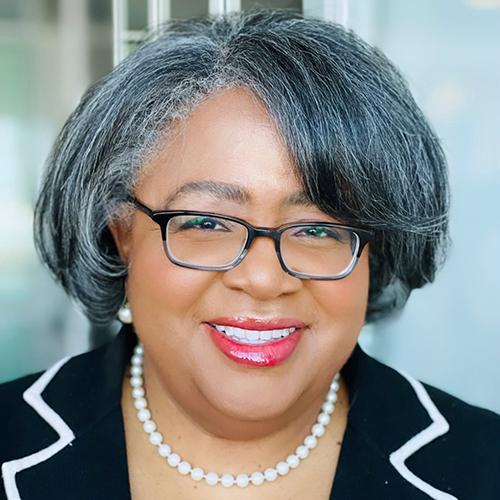Monday, August 26th, marks Women’s Equality Day 2024. This annual celebration commemorates the certification of the Nineteenth Amendment, which gave women the right to vote. It’s a reminder that the founding promise of equality in our Constitution was not always available to everyone – and that women have had to fight to be treated as equals to men. That is particularly true for women of color, many of whom could not vote even for decades following passage of the Nineteenth Amendment due to racial restrictions in voting laws.
This year, Women’s Equality Day takes on added meaning because women’s rights are under serious threat. For decades, women have fought to secure equality in a democracy built on structural inequities rooted in gender and racial biases and stereotypes. This progress has been achieved through groundbreaking legislative wins and landmark Supreme Court decisions and has included critical advancements in areas such as abortion access, employment opportunity, democracy rights, diversity and inclusion practices, and upholding the government’s authority to issue rules implementing various legal protections. However, recent actions led by a conservative faction on the Supreme Court now threaten – or have already stripped away – much of this progress. Countering this retrenchment, it is critical to regain lost ground and push back effectively on opponents who continue to work unabated to turn back the clock.
In recent years, the cause of women’s equality has suffered devastating losses. In Dobbs v. Jackson, the Supreme Court overturned Roe v. Wade and eviscerated the right to privacy that had been used in Roe to establish abortion access as a constitutionally protected individual right. Roe helped bolster the ability of women to make decisions about their reproductive health, and it helped reinforce the importance of individual freedom and bodily autonomy as essential features of a real democracy.
Furthermore, the Dobbs majority gave states more power to decide the scope of abortion access, thus strengthening the entrenched power dynamics that often obstruct opportunities for women to drive change. A close look at how these dynamics play out at the state level reveals a deeper truth about how our democracy has functioned in practice, in terms of who wields power, who gets elected, who makes decisions, and whose voices are heard. It is not an accident that the states which have passed the most severe restrictions on abortion are among the same states with the most repressive voting measures. Nor is it a coincidence that the states with the harshest abortion restrictions typically have the fewest number of women serving in their legislatures.
The Supreme Court’s efforts to undo longstanding precedent and roll back race-conscious affirmative action in college admissions in Students for Fair Admissions v. Harvard has also damaged an important area of progress for women. Affirmative action has been integral to promoting women’s equality by expanding opportunities in classrooms, workplaces, and other areas for women. Such programs have been an especially vital for talented, qualified candidates of color, and particularly women of color who frequently face multiple biases due to their race, ethnicity, and/or gender.
To make matters worse, the flawed arguments used by the Court in the context of higher education are now being misused by affirmative action opponents in other contexts, such as efforts to undermine equal employment opportunity and expand access to capital and bolster entrepreneurship for people of color. Especially troubling is the Court’s effort to redefine discrimination so as to hamstring the very tools needed to undo a legacy of discriminatory practices.
This past June, the Court dramatically diminished another significant tool for advancing women’s equality by overturning Chevron U.S.A., Inc. v. Natural Resources Defense Council. Since 1974, the Chevron doctrine had required courts to defer to the expertise of public agencies in their implementation of the laws and protections in their jurisdiction. Such deference enabled federal agencies to develop regulations to fulfill the intent of the law, including protecting pregnant workers from discrimination, prohibiting sexual harassment, and implementing the Family and Medical Leave Act. By striking down Chevron, the Court has now vested partisan judges who hold personal ideological agendas with the authority to undermine federal agencies, even though they likely lack the same experience and subject matter expertise of the civil servants who staff these agencies.
As the Supreme Court wages an assault on women’s equality, reforms such as adopting a code of conduct for the Justices are critical. Other reforms to help uphold the integrity of the nominations and confirmation processes and to remove obstructionist procedural rules should also be a top priority.
Now is the time for activists to recommit ourselves to tearing down the barriers that still prevent every woman – and any person – from thriving in our society because of their gender or gender identity.
As we mark Women’s Equality Day, let’s make it our priority to champion actions that can ensure the Supreme Court – and our entire legal system – promotes the ability of women to participate fully in our economy, democracy, and entire society. Together, we can defend and expand upon the efforts of previous generations to forge a more inclusive and equitable world for every woman.
This piece originally appeared in Ms. Magazine.


